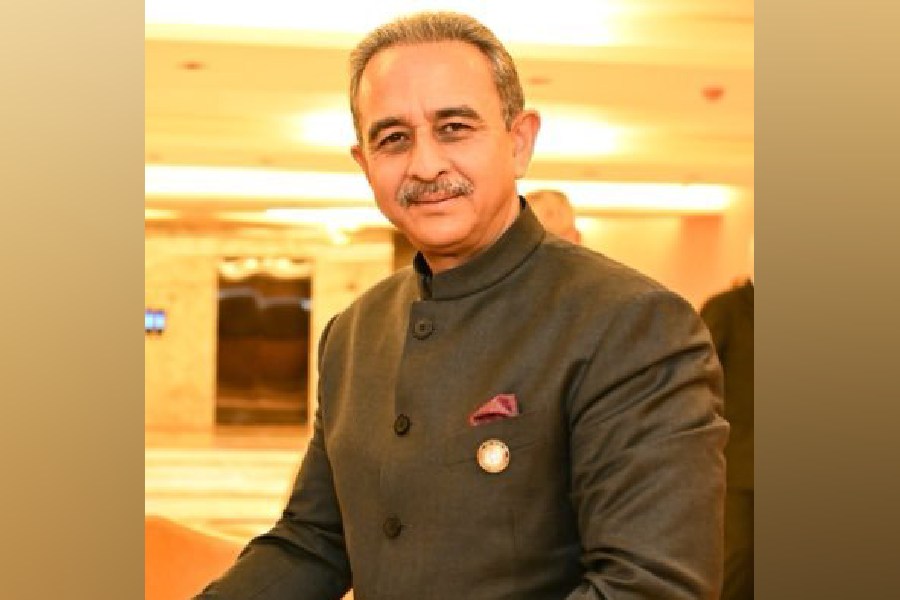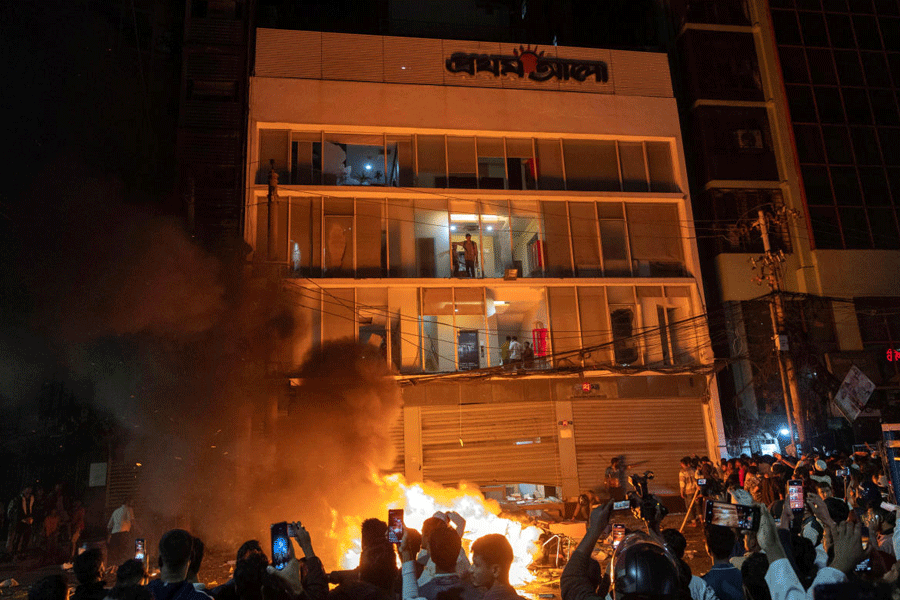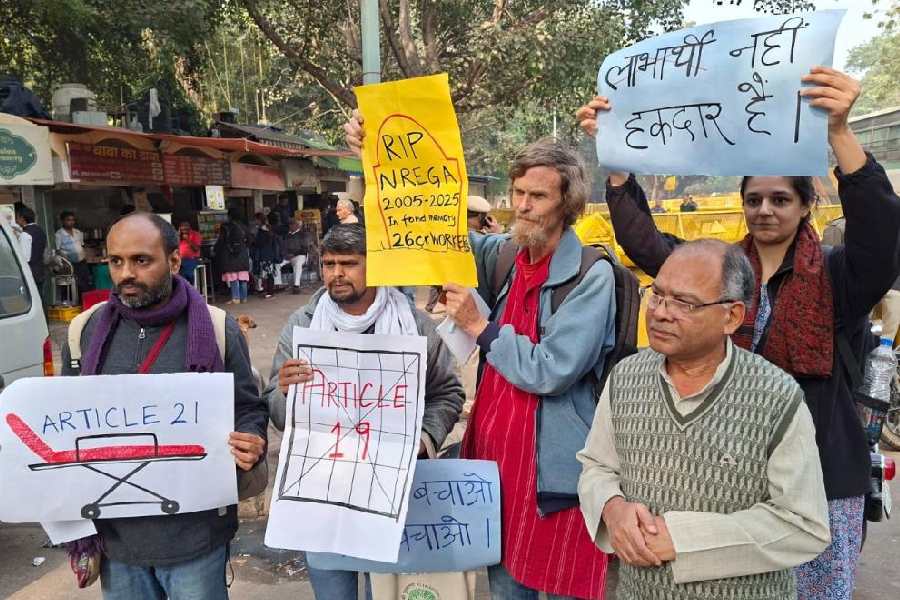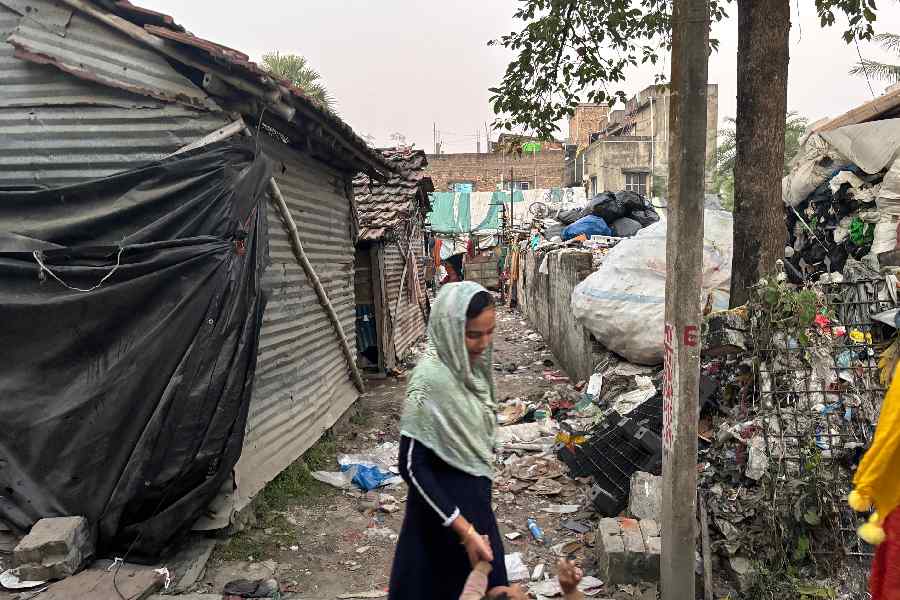 |
| ‘Only commuters can comprehend the hassle that Guwahatians have to go through engaging the service of an auto...’ |
Necessity, so the saying goes, is the mother of invention. Well, one of the latest inventions to have gestated out of necessity is the flying car, set to hit the roads as well as the air above them by the end of this year! Ironically, such an invention is literally taking off not in benighted cities like Guwahati, Shillong or Imphal, where caught in the bedlam upon the streets one wishes one was equipped with wings to be able to zoom up and away above the abominable traffic jams.
On the contrary, flying cars will be available in places where traffic flows on with relative smoothness, where pedestrian zones ensure that travelling on foot is relaxing and safe, where rapid transit systems (RTS) empower commuters to use other modes of transport rather than four- wheelers to quickly move them from one spot to another. Just think of it, we are into the 21st century, yet none of the urban conglomerates in the Northeast has even a rudimentary component of RTS, let alone flying cars!
One would have thought the advanced West or the technology-minded oriental nations like Japan would have brought the flying car into the production stage long back. Perhaps it was the absence of “necessity” due to free-flowing transport which has caused this delay. We have also seen in video-documentaries experiments being made on gadgets such as jet-propulsion backpacks which will enable individuals to propel themselves through the air.
If these have remained so far in the drawing board and experimentation realm — or in James Bond movies — perhaps it is so because of the same reason.
The flying car concept is basic and totally utilitarian for the time being. It is not as if one can simply cruise in the stratosphere like a Boeing 707 watching the puny earth-stuck mortals crawl along. Equipped with foldable wings, the contraption will enable the driver or the pilot to take off like a helicopter from a relatively stationary position, fly at a very low altitude for a brief while before getting down to earth again.
Thus it will enable users to overcome short-distance obstacles such as temporary bottlenecks upon a road. If you are weaving opium dreams of using such a vehicle at Guwahati’s Jalukbari roundabout to fly over the Brahmaputra rather than use the jam-packed Saraighat bridge, the flying car is not the gadget for you! Moreover, since it has a split-personality as it were, you will need both a driving as well as flying licence to use a flying car, a “tall” order indeed!
Yes, even as commuting in our urban conglomerates becomes a Herculean task day by day, it is no use dreaming of state-of-the-art gadgets to bail us out. Yet, there are examples of small initiatives both at the administrative and public level which can ease things to an extent, if not eliminate problems completely. Let us, for instance, take the case of Shillong, which had just a couple of decades back been one of the most picturesque and liveable hill stations in India.
The hardy people of Shillong in those days preferred mostly to walk rather than commute on noisy and polluting vehicles, so the roads were in general free of traffic and smog was an unheard of commodity. If in a hurry, a commuter would either use the minibuses or quaint taxis that would offer a cheap ride. Yet, today the roads of the same hill station are chock-a-block with two and four-wheelers making walking a definite risk, creating a decibel level which would drown out the sweet sound of breeze through the conifers and unleash the kind of environmental pollution no hill station should be proud of.
Take, in contrast, a hill station like Kasauli, where there is a point beyond which no traffic can cross without specific permission. This has resulted in traffic-free communication within the hill station while retaining its pure and pristine atmosphere. In many other hill stations, there are strict no-vehicle laws which render at least a portion available to pedestrians and help stave off pollution to an extent. Surely the Shillong administration can put on its thinking cap and initiate kindred small measures to save this beautiful hill station from sliding into total chaos?
Similarly, travelling between Shillong and Guwahati has become something of a nightmare, occasionally taking so many hours that it befits a place in Guinness World Records. If one delves into the past, one recalls that the Guwahati-Shillong route was once a cart-road where horse-driven tongas used to ply. However, even then travel to and fro was quicker than what it is today!
One also recalls that during the British days, and even up to some years after Independence, the one-way rule used to prevail on this route, half a day being given for those going up and the other half for traffic going down. This had been necessitated by the fact that it had been a one-lane road, but since it was a maximum three hours’ drive, served its purpose adequately and kept accidents to the minimum. I am sure that if the Meghalaya administration gives such precedence a thought, some positive steps can be implemented to eliminate current problems with this route.
Not only administrative measures, but also initiatives by the public even at the micro-level, are imperative if the quality of life in our urban conglomerates is to be improved. In this context one can point to the initiative taken by the Manipur Cycle Club in Imphal to increase the mobility of the residents of the capital city in general and Manipur in particular. In a unique endeavour, bicycles are being manufactured out of locally available species of bamboo called Bambusa affinis, something which is both functional, eco-friendly and involves the use of locally available raw materials.
Attempts are also being made to link this initiative with one to reduce the traffic snarls that have become a bane and, at least, to make the Imphal city centre car free. Reportedly, with cars not being allowed in this zone from 10am until 5pm but walking and cycling being heartily welcomed, some success is being achieved towards this objective. The club must be congratulated in its endeavour not only to introduce an innovative product, but also for encouraging the younger generation to use a more eco-friendly commuting mechanism.
Or, for instance, take the “dial a rickshaw” scheme being implemented by the municipal administration in Fazilka in Punjab. Normally, the concept of having a vehicle come to your doorsteps has been associated with four-wheelers, but here is a novel scheme whereby one can dial a number and have a rickshaw pick you up from wherever you happen to be, the nearest available one being dispatched post haste to you. This scheme even uses cutting-edge technologies like searching in Google maps and using inbuilt GPS.
Naturally, trying to implement a “dial a rickshaw” scheme in a sprawling city like Guwahati would be futile, given the fact that even “dial a cab” here is still in an infant stage. But the administration in Guwahati can contemplate pioneering a “dial an auto” scheme, using the registration and technological system used at Fazilka on rickshaws. Only commuters can comprehend the hassle that Guwahatians have to go through engaging the service of an auto, with the risk of literally being taken for a ride being very high as far as fare charged is concerned. But a regulated group of registered autos having only members who are willing to be part of an administrative system, charge pre-fixed rates and respond like radio-cabs to summons will be of immeasurable help to the denizens of this metro.
All it needs is the ability to think out of the box, and implement schemes that may not be revolutionary, but be of some assistance to the general public.










